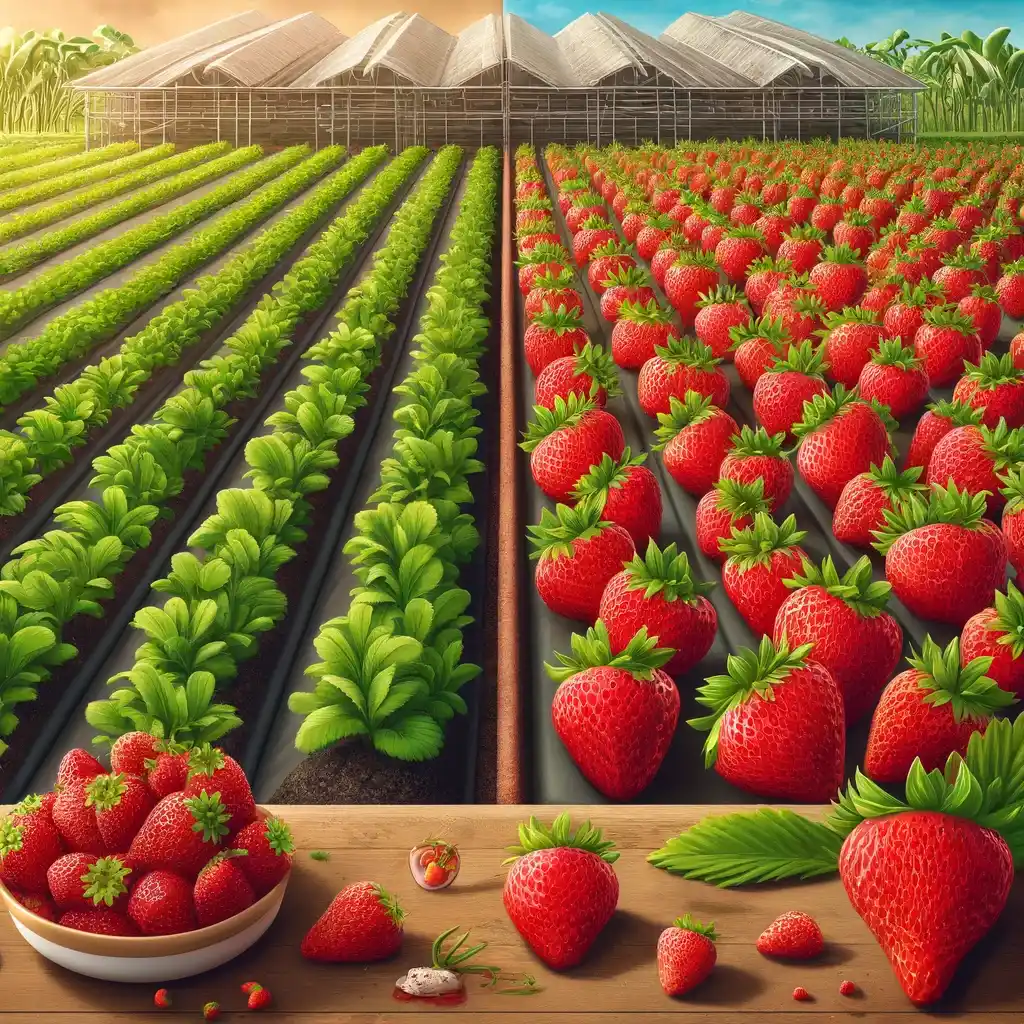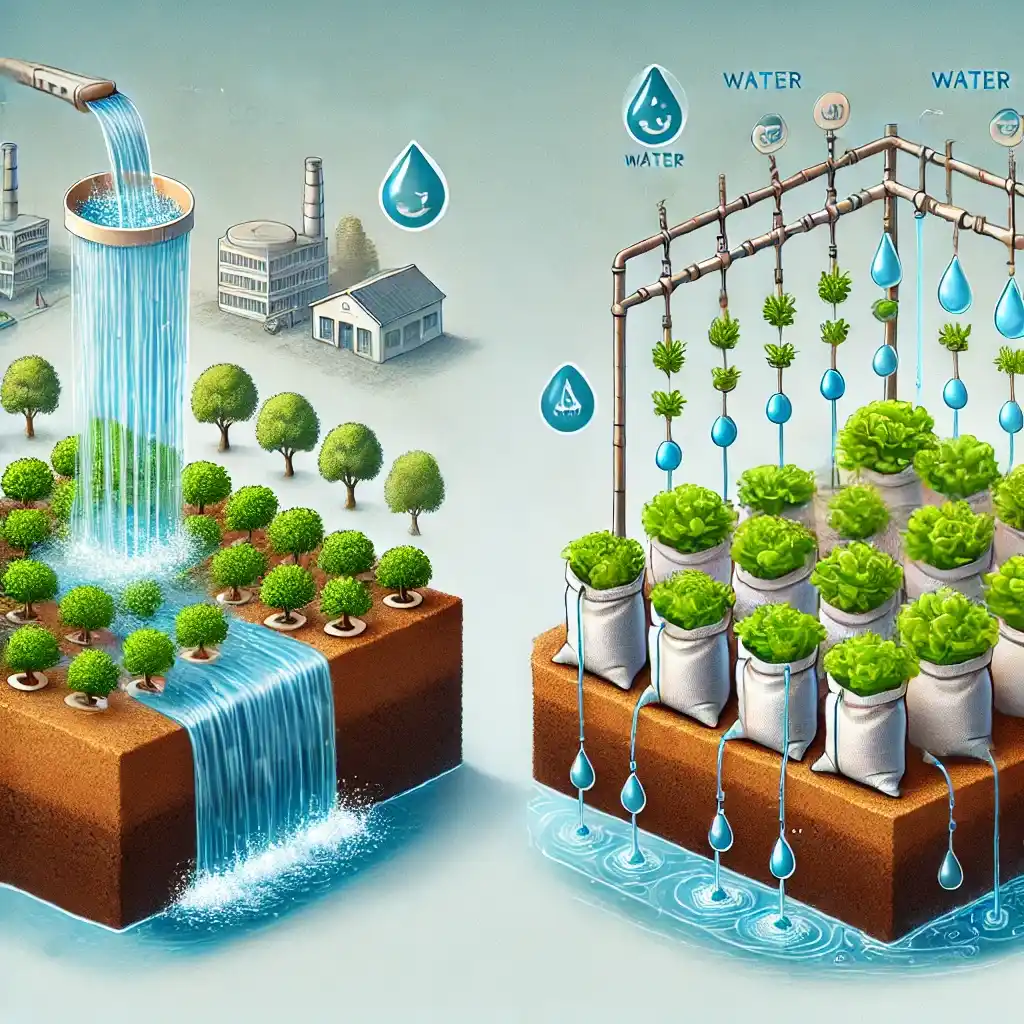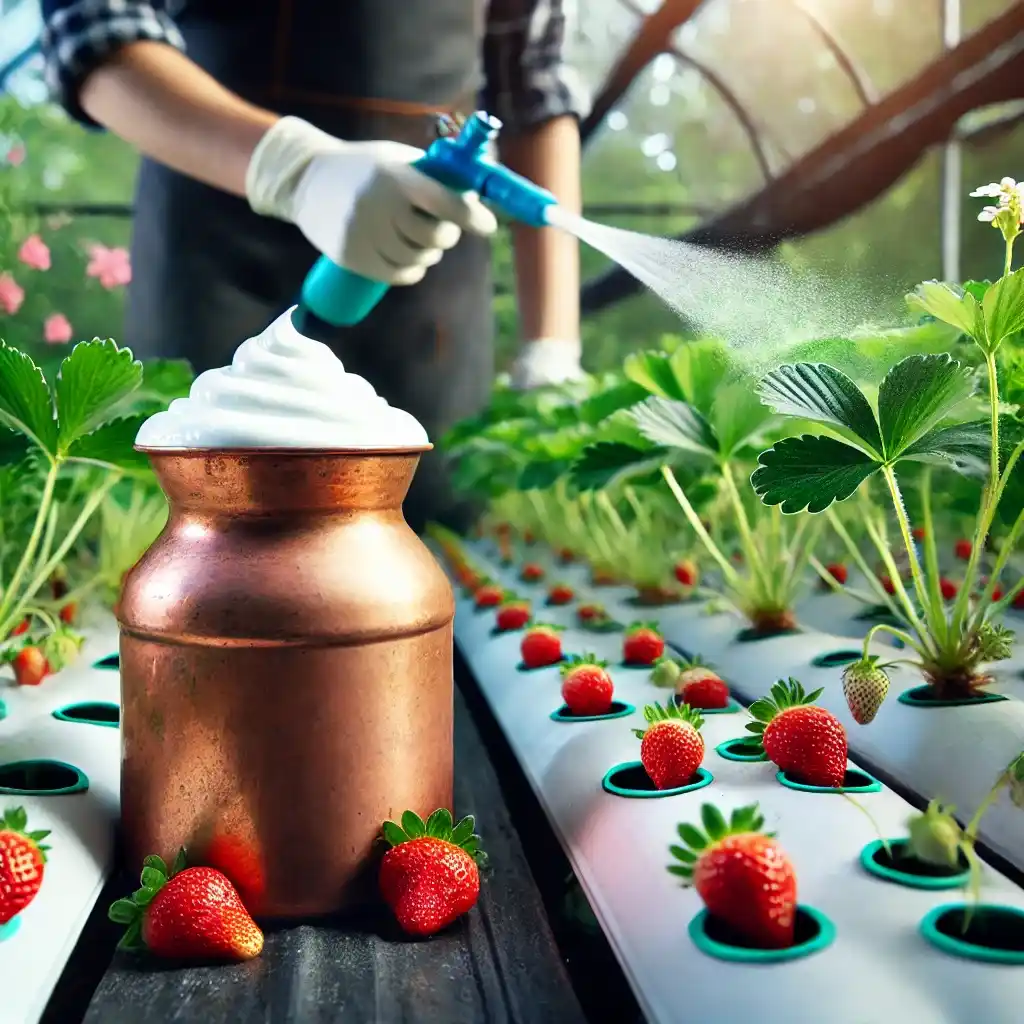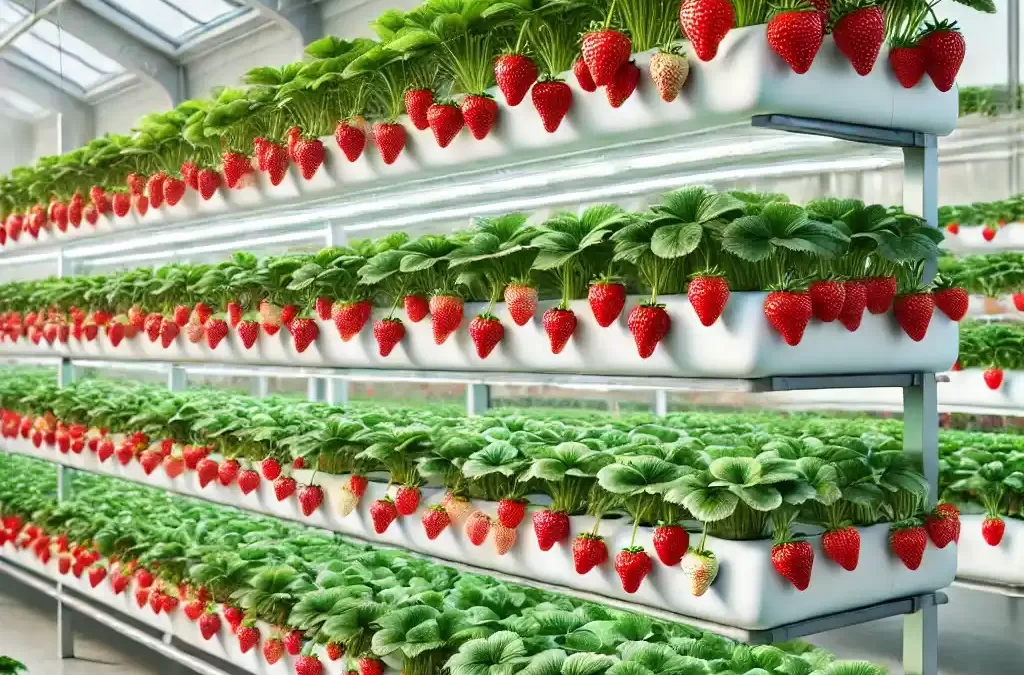Steps to guide to grow strawberries using cocopeat grow bags in hydroponic farming
Hydroponic farming provides a unique and efficient method for strawberry growing, with yield output of 3 to 4 times higher compared to the traditional way. It’s very productive while conserving water and also takes less space. For optimal results, sourcing cocopeat gardening bags from a trusted cocopeat grow bags supplier is essential.
This article is a step-by-step guide on how you can successfully grow strawberries in a hydroponic setting using cocopeat gardening bags.
Step 1- Setting Up the Gardening bags
Use cocopeat gardening bags from a reputable supplier.
Cocopeat is a good medium for hydroponics as it does not lose water easily, and it offers good aeration to the roots.
When selecting cocopeat, consider these cocopeat buying tips to use in hydroponics: ensure it is free from salt residues, well-compressed.
Prepare the Grow Bags:
If it has not been pre-filled, add the cocopeat inside the grow bags.
Choose Best Quality of cocopeat for hydroponics before filling.
Keep them in bright sunlight so that the plants get enough light.
Step 2- Installing Drip Irrigation and Drainage System
Drip Irrigation System:
Tie four drippers to each grow bag so that the water and nutrients will be provided uniformly to the plants.
Drainage Holes:
Four small holes near the bottom of the grow bags are made for drainage
This helps to remove the excess water so that there will be no waterlogging and root rot.
Step 3- Planting the Strawberry Saplings
Planting the Saplings:
Plant the strawberry saplings in the cocopeat grow bags with utmost care.
Space the plants properly so that they can grow and spread well.
Feeding Nutrients:
Add a nutrient solution mixed with water to feed the plants the necessary nutrients for their growth.
Observe the plants every day to ensure there is no sign of nutrient deficiency or stress.
Step 4- Watering the Plants
Watering Schedule
Water the plants once a week. Let the cocopeat hold and supply moisture to the roots.
Do not allow the running water to flow all the time, as 70% of the water will be absorbed by the cocopeat for plant growth.
Step 5- Pest Control of Strawberries
Organic Pest Control:
Instead of chemical fertilizers or pesticides, prepare an organic solution with curd and copper wires.
Allow this mixture to ferment for 10 to 15 days until it turns blue.
Application:
Mix the solution in water by maintaining a ratio of 2 ml per liter.
Spray this solution over the plants to prevent pest infestation and maintain good growth.
Step 6- Monitoring and Caring for the Hydroponic Farm
Daily Inspection
Check the hydroponic farm daily to see everything is working fine.
Examine the irrigation system, nutrient levels, and condition of the strawberry plants
Harvesting
After the strawberries have ripened, carefully harvest them without harming the plants.
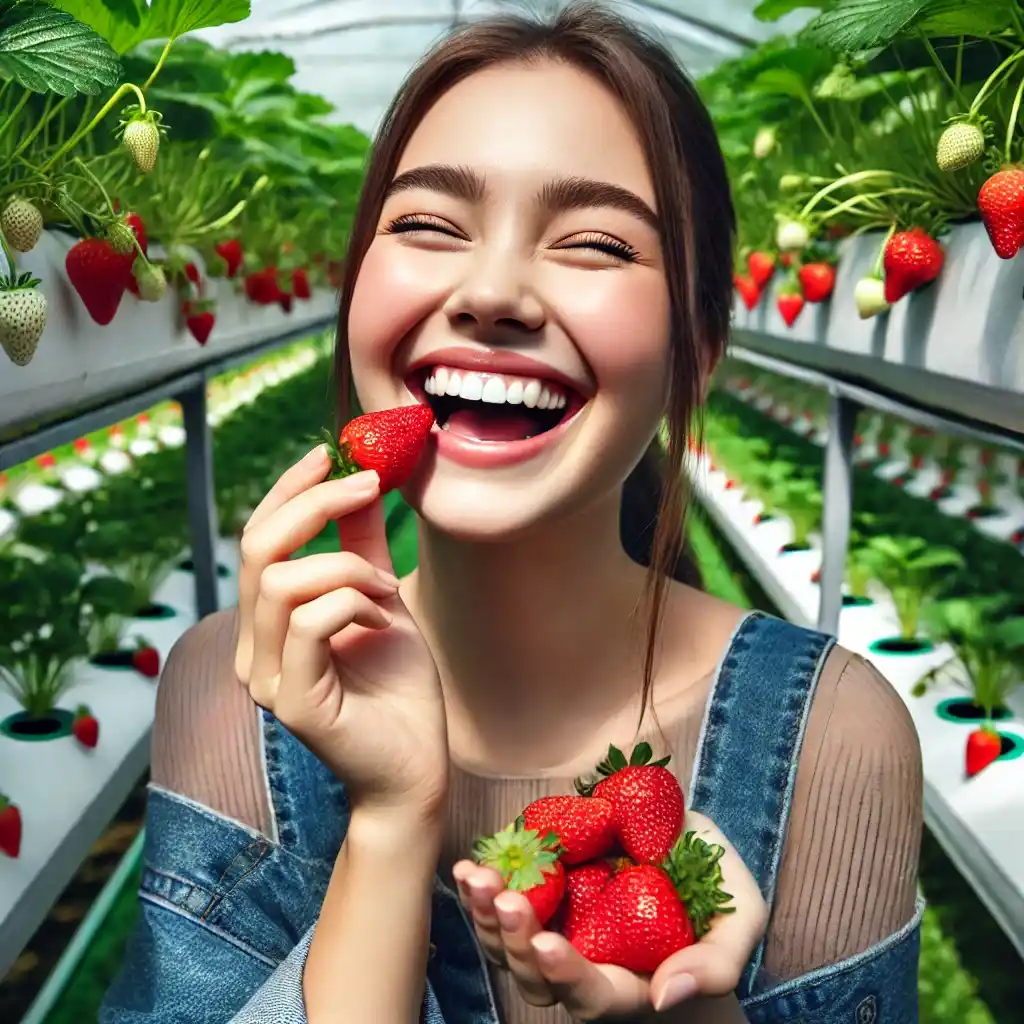
Delicious, fresh, juicy fruits grown sustainably with hydroponics!
Advantages of Cocopeat Grow Bags in Hydroponics
Increased Yield: Strawberries are up to 4 times produced compared to conventional farming.
Water Conservation: Saves 70% of water because of efficient absorption and retention.
Space-Efficient: Ideal for small spaces and urban farming.
Eco-Friendly: Use organic pest control instead of chemical pesticides.
Growing strawberries in a hydroponic setup using cocopeat grow bags is a rewarding and sustainable approach to farming. Following these steps will make it possible for you to have a high yield of fresh, pesticide-free strawberries while conserving resources and supporting eco-friendly practices. It doesn’t matter if you are a beginner or an experienced farmer; this method is worth trying!
